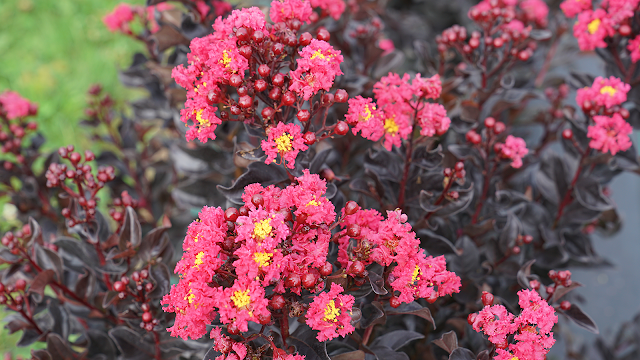I love hearing your comments, so let me know which foliage plants you like best.
 |
| Pinus parvaflora 'Ogon Janome' |
 |
| Fine Line - Rhamnus frangula |
 |
| Fine Line - Rhamnus frangula - close up |
 |
| Bollywood Azalea (Rhododendron) |
 |
| Salix helvetica 'Ober Donau' |
 |
| Glow Girl Spirea - Spiraea betulifolia |
 |
| Thuja occidentalis 'Linesville' (AKA Bowling Ball) |
 |
| Anna's Magic Ball Thuja |
 |
| Ulmus x holladica 'Wredei' |
 |
| All that Glows Viburnum |











































